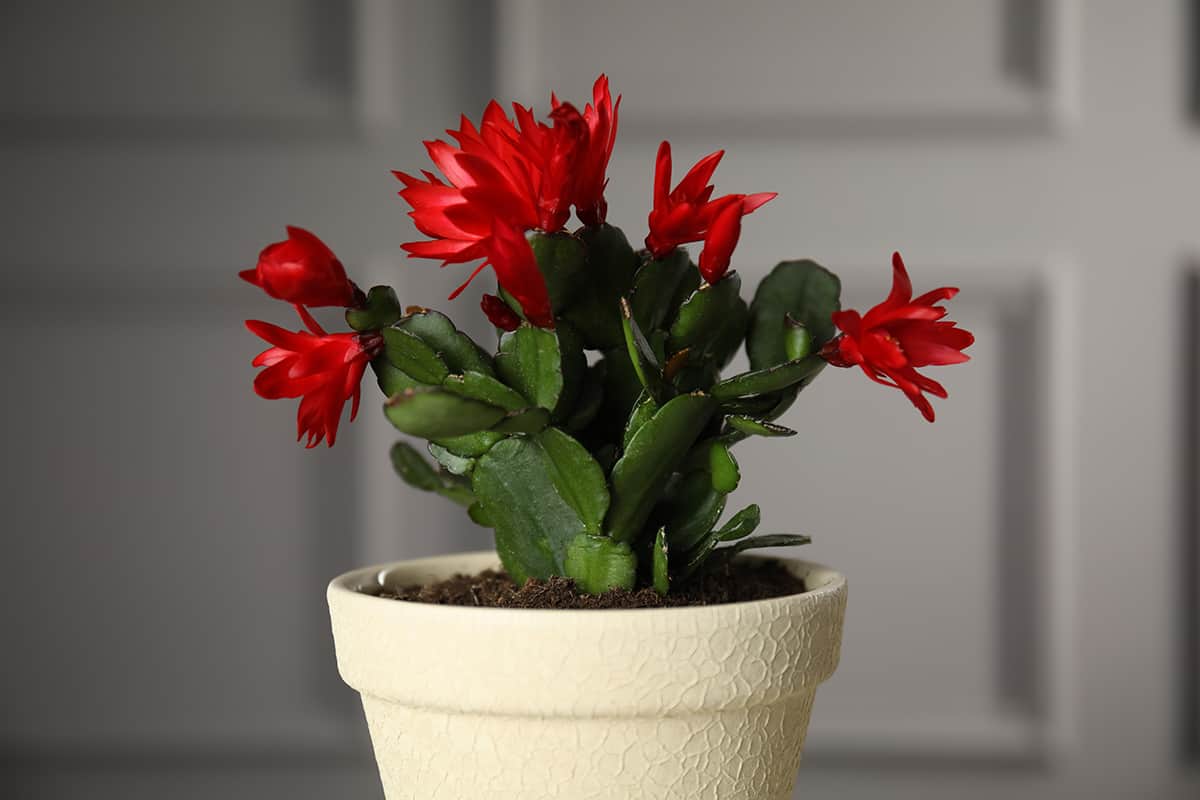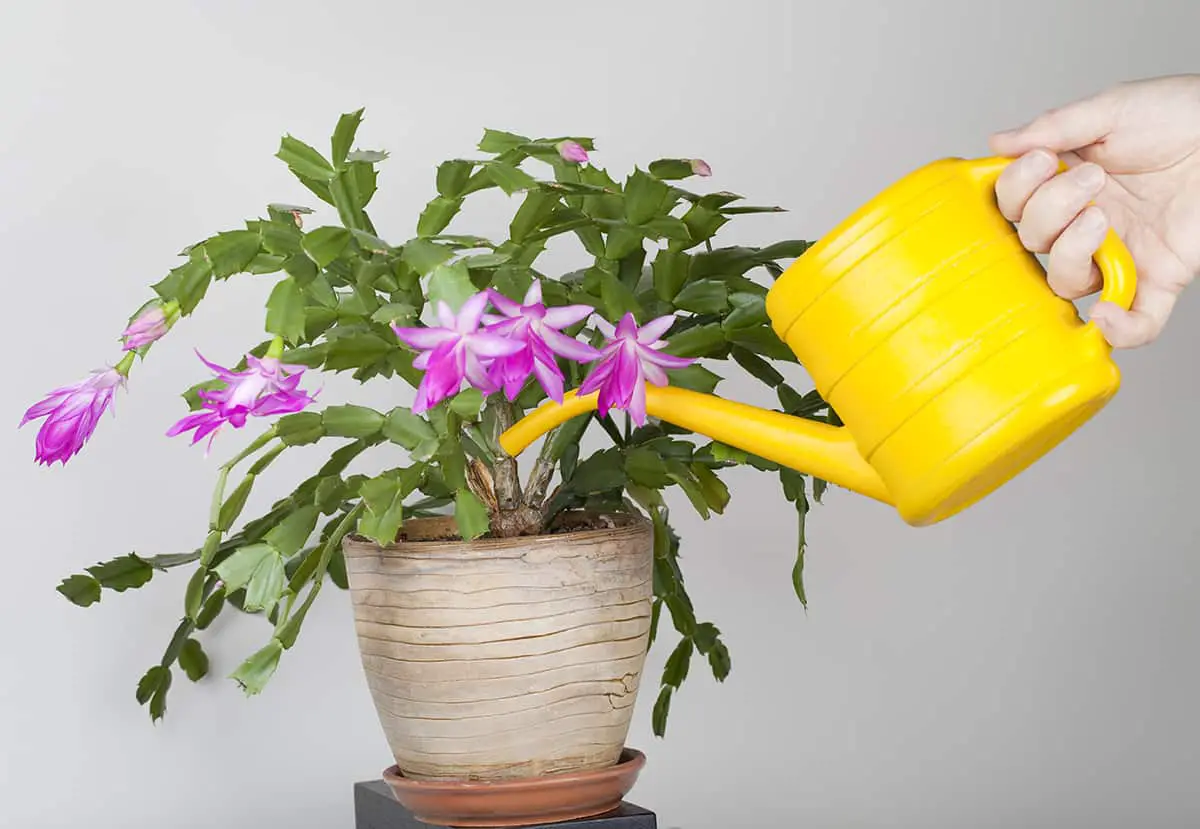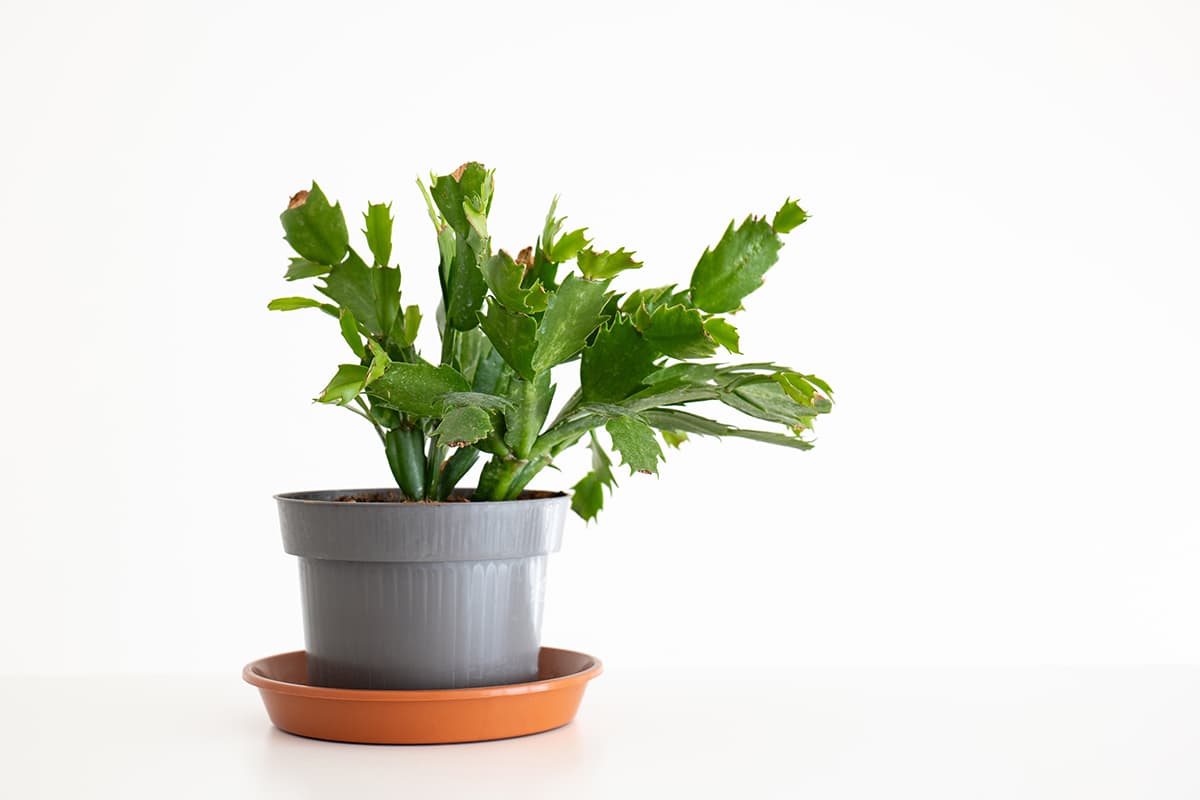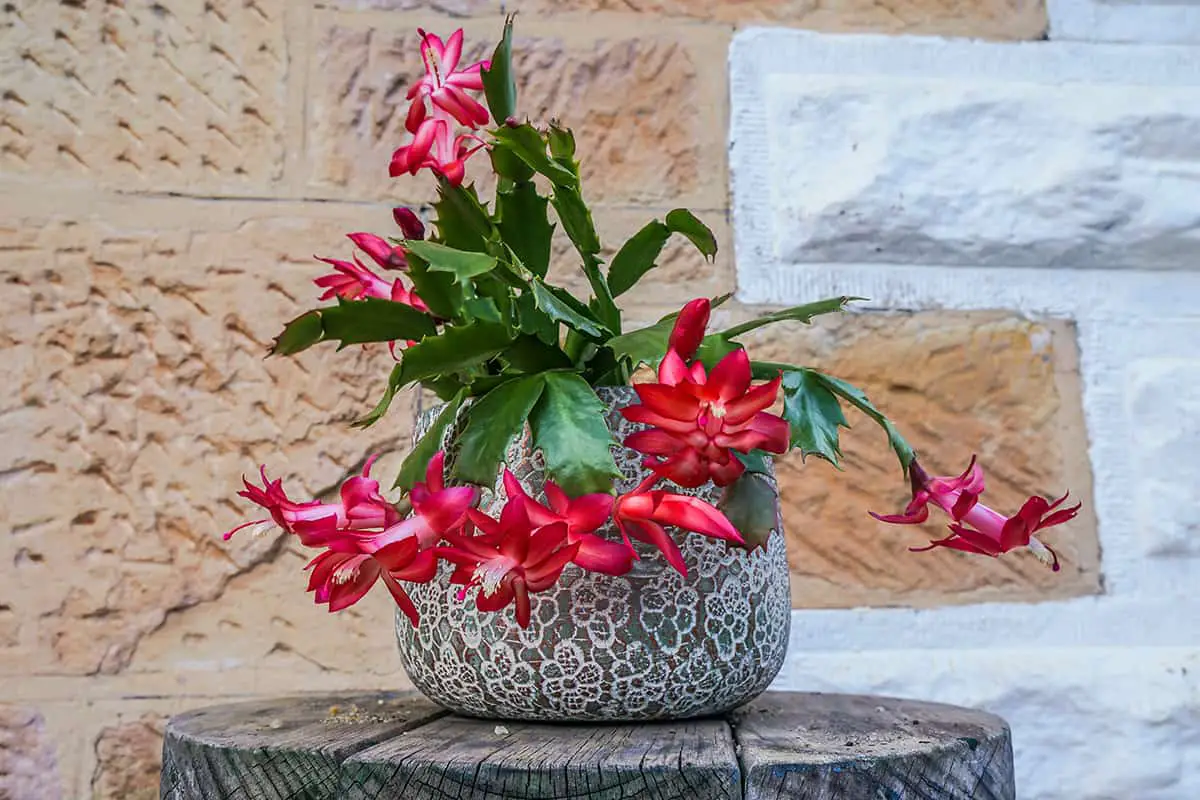Your Christmas cactus has just finished its beautiful holiday bloom, and now it’s looking a bit overgrown. You know it’s time to prune, but you’re not sure where to start. Pruning at the right time and in the right way can keep your Christmas cactus healthy and ensure it looks its best for the next holiday season. Here’s a simple guide on how and when to prune your Christmas cactus.
Table of Contents
Reasons for Pruning

Promoting Healthy Growth
Pruning your Christmas cactus stimulates new growth and improves the overall health of the plant. When you remove dead or unhealthy parts, it allows the plant to focus on the remaining strong sections. Regular pruning helps to maintain a Christmas cactus in top condition, ensuring that it thrives and provides a beautiful display for years to come.
Shaping the Plant
In addition to promoting growth, pruning allows you to shape your Christmas cactus to your desired form. By trimming a few segments, you can create a more bushy appearance or train your cactus in a specific direction. A well-shaped plant is not only aesthetically pleasing but also contributes to the overall health of the cactus.
Removing Damaged or Diseased Limbs
Last but not least, pruning is essential for removing any damaged or diseased parts of your Christmas cactus. This prevents the spread of diseases and pests, keeping your plant healthy and vibrant.
Best Time to Prune

Seasonal Pruning Guide
The ideal time to prune your Christmas cactus is right after its blooming period and just before the plant starts to grow actively. For instance, if your Christmas cactus finishes blooming and goes through a resting period, it will usually begin growing more actively around March or early April. During this time, you should prune your holiday cactus to encourage branching when it resumes growth.
Signs It’s Time to Prune
Besides following the seasonal pruning guide, you may see signs that your Christmas cactus needs pruning. These signs may include an overgrown appearance, misshapen or thin branches, or reduced blooming. Regular pruning helps maintain your plant’s health and ensures a fuller, more beautiful display when it’s in bloom.
Pruning Techniques
Proper Cutting Methods
When pruning your Christmas cactus, it’s essential to use the correct cutting techniques. To start, identify the narrow joint between leaf segments. Gently twist the stem at this point to remove a few segments. For thicker stems, you can use a knife or pruners.
Keep in mind that consistency is crucial for proper shaping. Lightly prune only a few segments at a time, focusing on maintaining the overall form. Avoid going beyond mid-summer when pruning, as this can interfere with the blooming process.
Root Pruning
Root pruning is another useful technique for maintaining your Christmas cactus. This plant prefers to be slightly root-bound, so choose a pot that’s not too large.
To prune the roots, first, remove the plant from its container. Examine the root ball and look for any dead, broken, or excessively long roots. Trim these back using clean, sharp pruners. After pruning, gently loosen the remaining root ball and replant it in a well-drained potting medium.
Post-Pruning Care

Watering After Pruning
Once you have pruned your Christmas cactus, it is crucial to provide appropriate water. Wait for a day or two after pruning before watering the plant. This allows the cuts to heal and reduce the risk of infections.
Make sure to keep the soil consistently moist but not waterlogged. To achieve this balance, water the plant when the top layer of soil starts to feel dry like it is mentioned here.
Fertilizing After Pruning
Your Christmas cactus will benefit from proper fertilization after pruning. Choose a fertilizer that is high in potassium to promote bud formation and blooming.
Begin applying the fertilizer when the buds start to form and continue until the flowers fade. Do not over-fertilize as it can lead to weak growth and fewer blooms.
Remember, Christmas cacti thrive in cooler temperatures, so keep your plant in a well-lit location, away from heat drafts.
Common Pruning Mistakes
Over-pruning
Over-pruning is a mistake many people make while caring for their Christmas cactus. It’s essential to strike a balance between encouraging branching and maintaining the overall health of the plant.
Pruning too much can weaken your cactus, leading to fewer blooms and even potential harm. Instead, lightly prune a few segments to help shape the plant, or remove up to one-third of its size to reduce it without causing damage.
Improper Cutting Technique
When pruning a Christmas cactus, using the correct cutting technique is crucial for healthy regrowth.
Twisting the stem at the narrow joint between leaf segments works well for thinner stems. For thicker stems, a knife or pruners are more suitable. Remember to clean your cutting tools to prevent the spread of diseases, and avoid tearing the plant tissue to ensure a clean cut.
Troubleshooting Pruning Issues

Lack of Flowering After Pruning
If your Christmas cactus doesn’t flower after pruning, it could be due to several factors.
First, check if you pruned it too late in the summer. Proper pruning should be done no later than mid-summer, as it allows the plant to recover and prepare for the blooming season.
You should also ensure that your cactus receives adequate brightness. It’s essential to place the plant within 6 feet of a window that provides indirect light, except north-facing ones.
Another possible reason for a lack of flowering is insufficient nutrients.
A well-draining potting medium that retains moisture yet doesn’t stay soggy is crucial for Christmas cactus health. Make sure you’re watering the plant when the top inch of soil feels dry, using a watering schedule that suits the plant’s needs.
You should also feed your Christmas cactus a balanced liquid fertilizer diluted to half-strength during active growth periods.
Cactus Not Recovering Well
If your Christmas cactus isn’t recovering well after pruning, you’ll need to take a closer look at its care and environment.
First, check the potting mix to ensure it’s well-draining and allows enough air circulation around the roots. Overwatering can cause root rot, while underwatering can lead to dehydration, both of which affect recovery.
Additionally, make sure that the atmosphere in your room isn’t too dry, as Christmas cactus thrives in a slightly humid environment.
Temperature plays a significant role in a Christmas cactus’s recovery. It should be kept at around 65°F to 75°F during the day, with cooler temperatures at night, facilitating better blooming. If the plant is placed near heating sources or cold drafts, it may inhibit its recovery.
Lastly, the overall health of your plant contributes to its recovery. Inspect the Christmas cactus for any signs of pests or diseases, and treat them accordingly. Then, maintain a proper balance between light, watering, and temperature to foster a healthy and stress-free environment for your plant.






